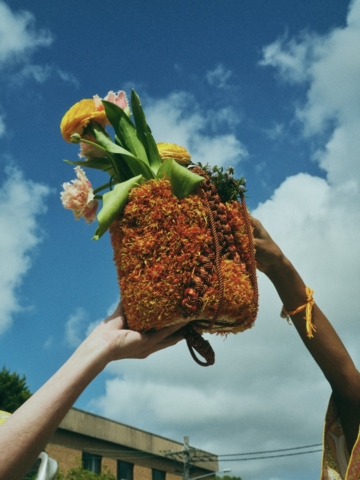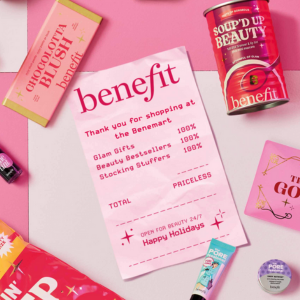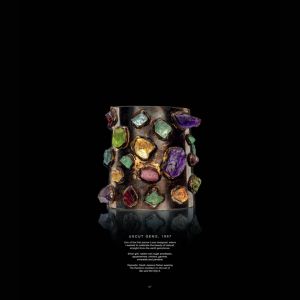Visually Coded
By Gabby Anaya
When you think of a logo, do you think of say that red and white drink? Yes, Coca-Cola is in fact, the most recognised logo in the world. A logo is a brand image, its name, something instantly recognisable that should give a feeling for the brand as well as a visual clue. Yet there is so much more to this memorable Visually Coded identity.
A logo is not just for marketing a company, it can be a representation of a movement or even a sports team.
A logo is repetition; something was seen over and over again until we don’t even have to think too much about it and we know just from a quick glance who the brand is.
Logos can be found everywhere, but not always in the way we expect. They do not always need to be selling a product, they could be selling a message or an idea. When we come across those in everyday life, those would be more accurately described as a signifier.
A signifier will do the same thing that a logo does, but instead of finding it in a store, you will find these visual repetitions in daily life. Go back in time to 1903 and look at the women’s movement. They had their own version of a logo– signifier. It was big, bold, beautiful red lipstick applied to every suffragette that was marching through the streets.

It became common to see women marching with the trademark red lips during women’s rights protests or any public events they were holding. Red lipstick would be handed out or applied to the suffragettes and it became their uniform.
It was rumoured that Elizabeth Arden, the creator of the beauty empire; Elizabeth Arden, Inc, was the one to start this political-fashion statement. As the story goes, she would pass out free tubes of red lipstick to the suffragettes marching in the New York streets, and it created a look that symbolizes strong, liberated women.
It represented all that they viewed themselves as and what they were fighting for; independence, freedom, and even their sexuality. The power of the red lipstick was that it united them all. They were no longer individuals fighting for a cause, but something more— the idea became bigger than the person.
Fast forward several decades and you will see another example in history. But instead of the rise of fierce women and their battle makeup, it was the rise of hip-hop and the kings and queens that made the genre. And like all royalty, they have to have a crown.
Although, it turns out, in medieval times it was not only about the crown. In fact, the gold chains were coveted almost as much by kings and other people of high power. During those times, the gold chains represent their authority and power. It does not look like much has changed over time.
The popularity of gold chains and hip-hop artists exploded around the ‘80s. It became an iconic style that would forever be tied to that era and specific genre of music.

The gold chain is another example of a signifier and it sells the message they want to convey to the people. In this case, it represented their music, their status, their success, who they are and who is like them. That is the power of a symbol or a logo. No matter how much time has passed or who adopts it, the message remains the same and holds just as much power.
So far we have only been talking about metaphorical logos; symbols that we see everywhere that create an identity for a whole group of people or ones that turn a message into a statement. But what do literal logos do?
As mentioned, Coca-Cola is the most well-known logo in the world. You can not think of the drink without thinking of the red can and the white script that reads the brand’s name. The drink, the logo, and the image are all tied together and create something bigger than all of those individual pieces.

Their logo was created in 1886, and since then there have been several changes to the design, big and small. But what has not changed are the ideas and feelings that are represented by its visual signifier. That’s a lot of power that a little picture holds. It is selling us a dream where the world is happier once drinking this soda.
Like Coca-Cola, some of these logos or badges of representation are big and bold in order to make a statement. However, some can come in a smaller package but still pack a big punch. Something that is commonly seen in logos is the use of initials or a name in logos. This is often found with designers; using their names to represent their work.
Over time, when the designer or the brand becomes a known and loved name in their industry, they have more liberties regarding how they represent themselves. They can alter the logo or shorten the name to initials, or even create a clever play on words perhaps? There comes flexibility, but the name will still be recognizable even when played with.
This is exactly what Louis Vuitton has become. A brand so well known that when putting their name on bags, clothing, jewellery, etc. all that is necessary is the iconic LV. No elaboration needed.

Take their most recent add-on to the jewellery collection by Francesca Amfitheatrof. The LV Volt collection takes the traditional Louis Vuitton logo and redesigns it to give it a more geometric aesthetic. It plays on the similar shapes of the L and V and makes a beautiful yet simple new look that is still recognizable to the original.
The jewellery collection showcases some beautiful pieces like the LV Volt One pendant. The pendant and the chain come in yellow or white gold and has a stunning diamond sitting at the centre of the pendant.
While the necklace is smaller and more delicate, there are also options that serve as more of a statement piece, like the LV Volt multi bracelets. They come in both white or yellow gold and have the new design of the LV pressed into the gold to give it texture. Wear one for a simple look or go bolder and stack away!
No matter how you style it, Louis Vuitton’s collection is the epitome of a bold statement with an iconic logo with a strong history.
For more information about this Louis Vuitton collection visit their website here
If you enjoyed reading Visually Coded then why not try Bright Lights, Brat Packs
.Cent Magazine London, Be inspired, Get involved





